Italy has been on an ambitious path for some months now, through the Ministry of Culture, to make its vast cultural heritage fully accessible to every citizen, overcoming all kinds of barriers. This effort is part of the broader context of the National Recovery and Resilience Plan (PNRR), the instrument through which the country is implementing the European NextGenerationEU program, a €750 billion funding package aimed at supporting the recovery and resilience of member states. The NRP is structured around three strategic axes (digitization and innovation, ecological transition and social inclusion) and is divided into six main Missions. Culture and tourism fall under Mission 1, dedicated to Digitization, Innovation and Competitiveness. Within this, Component 3, called "Tourism and Culture 4.0," includes Investment 1.2, focused on “Removing physical and cognitive barriers in museums, libraries and archives to enable wider access and participation in culture.” This investment recognizes that accessibility is not limited to overcoming physical obstacles, such as ramps or elevators, but extends to the ability to access cultural heritage in all its dimensions: sensory, cognitive, and cultural, taking into account the diverse needs of visitors, including those with disabilities or from different cultural backgrounds.
The overall objective of Investment 1.2 is to reduce barriers and inequalities that limit citizens’ participation in cultural life. Specifically, the intervention aims to increase and diversify cultural offerings for a wider audience by improving the quality of services; support cultural workers in developing “Accessibility Plans”; design and implement concrete interventions for the removal of barriers; and train administrative staff and professionals in the cultural sector on the culture of welcome and universal accessibility, including legal and cultural mediation aspects.
To achieve these goals, the Ministry of Culture was allocated 300 million euros, distributed by Ministerial Decree 331 of September 6, 2022. This sum has been divided into four complementary lines of action. The first is interventions for removing physical and cognitive barriers: this is the largest part of the funding, amounting to 254,918,839 euros. Of these, 127,458,839 euros are allocated to public cultural places pertaining to the Ministry, 120,000,000 euros to public places not pertaining to the Ministry, and 7,460,000 euros to private cultural sites. The second is the Drafting of Plans for the Elimination of Architectural Barriers (P.E.B.A.): a total of 6,429,400 euros has been allocated for the drafting of these programmatic plans. The breakdown sees 3,214,700 euros for public cultural places pertaining to the Ministry and the same amount for non-peripheral ones. The third part is the implementation of the AD Arte platform, a national platform for accessibility services in cultural places for which 32,147,000 euros have been allocated. Finally, the last part is the training of cultural workers, with 6,504,761 euros allocated for specific staff programs. Importantly, in line with the goals of the NRP, at least 40 percent of the territorially allocable resources are earmarked for southern regions, thus ensuring a territorial rebalancing in investments.
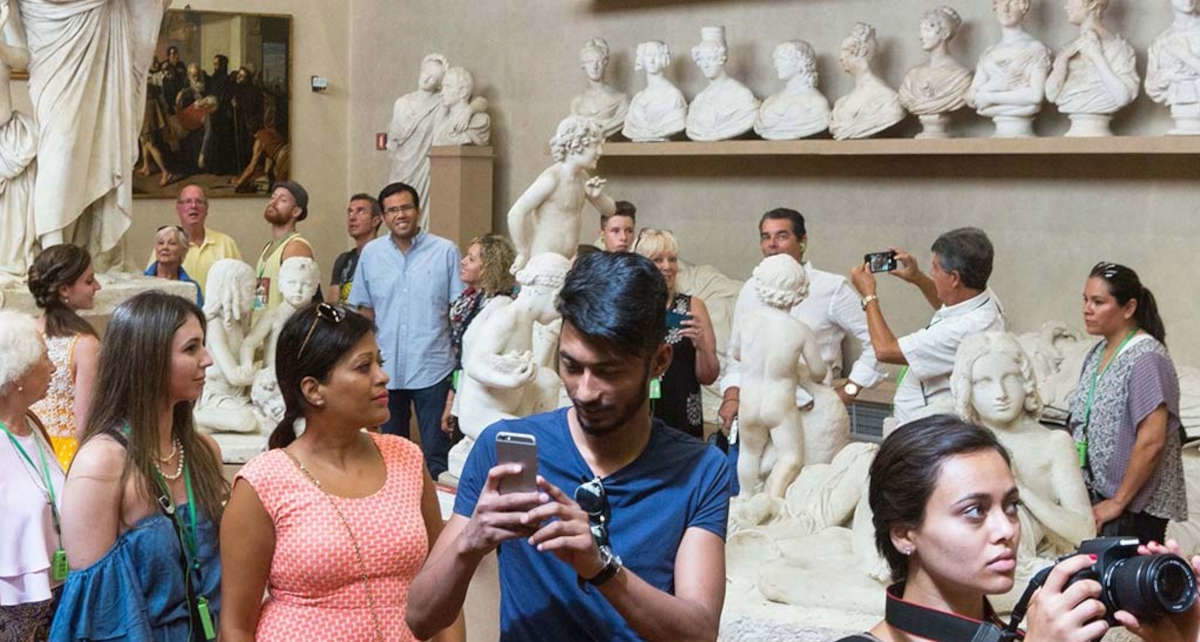
At the center of this impressive effort is the Strategic Plan for the Elimination of Architectural Barriers (P.E.B.A.), approved by the Directorate General of Museums by Decree No. 534 of May 19, 2022. The P.E.B.A. is not a simple bureaucratic requirement, but a fundamental tool for monitoring, designing and planning interventions to ensure full accessibility of public spaces and buildings. Its importance lies in its ability to identify design solutions, estimate costs, and define intervention priorities. Already introduced in 1986 and integrated in 1992, the P.E.B.A. is conceived as a gradual and coordinated path to overcome architectural and psycho-sensory barriers. The “Guidelines for the drafting of the Plan for the Elimination of Architectural Barriers,” issued in 2018 by the General Directorate of Museums, is the methodological framework of reference, resulting from the work of international experts and based on good practices.
Although in the past, accessibility was often limited to the removal of physical obstacles, today the vision is much broader, since “accessibility” means, as mentioned, accessibility to sensory, cognitive and cultural aspects as well, so that no one is cut off. Data from the 2019 Istat report on museums indicated that only 53 percent of cultural venues had improved facilities to remove physical barriers and only 12 percent had addressed critical issues related to perceptual, cultural, and cognitive barriers. Investment 1.2 of the NRP aims to achieve a significant goal: overcoming architectural barriers in 80 percent of cultural venues (including state archives and libraries) and overcoming sense-perceptual barriers in 50 percent of them, by June 2026. The P.E.B.A., by its nature, is an open document, which can be updated and adapted to needs as they are encountered and monitored throughout the country.
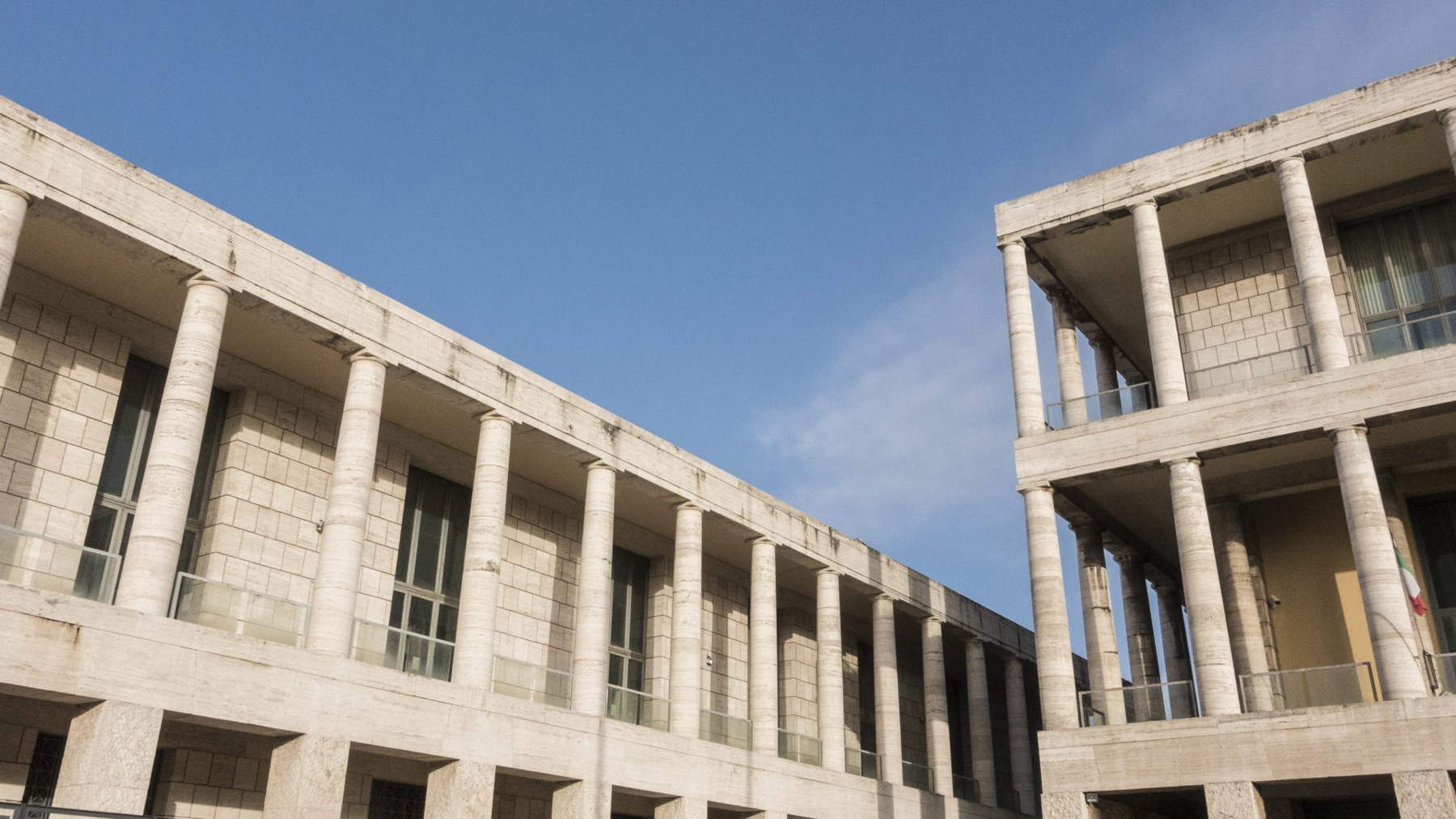
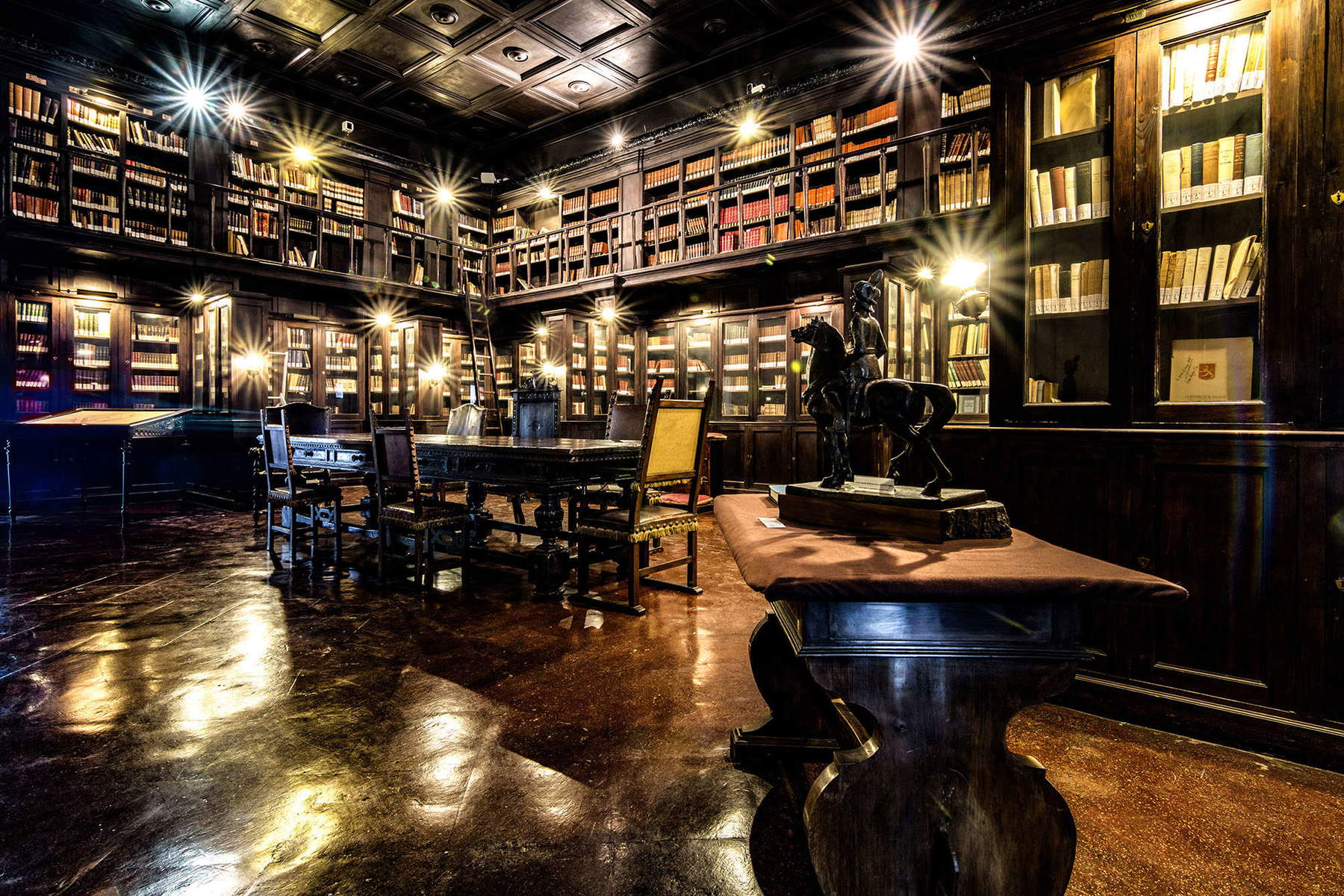
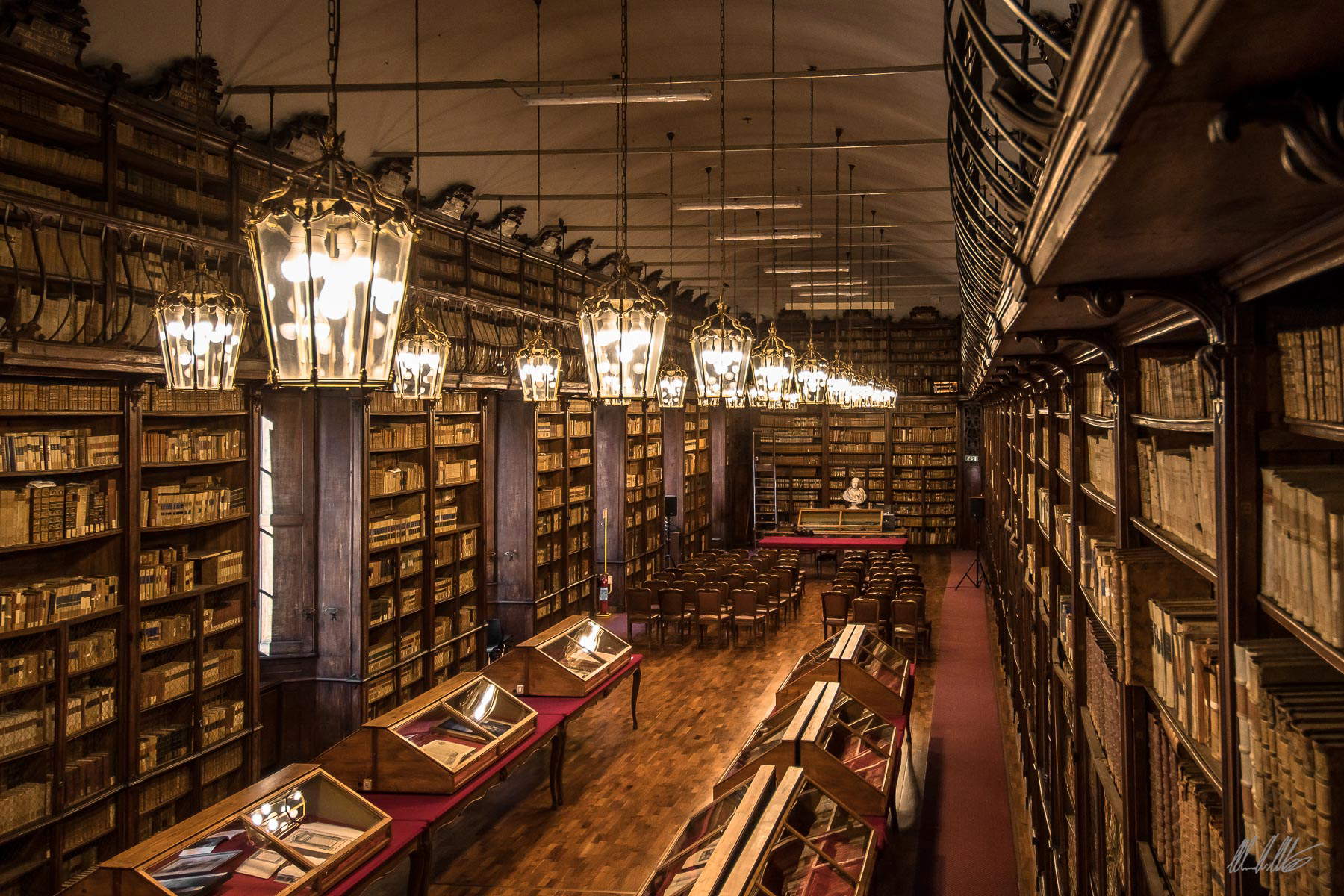
Funding was distributed among different types of cultural institutions throughout Italy. For Archives, the total for interventions and the drafting of P.E.B.A. amounted to 34,300,000 euros for interventions and 1,890,000 euros for the drafting of P.E.B.A. The largest amounts of funding were allocated to the Central State Archives (7.4 million), the State Archives of Rome (6 million in all), the State Archives of Palermo (3 million), the State Archives of Trapani (1.7 million) and the State Archives of Milan (1.4 million). For Libraries, the total investment for interventions and PEBAs amounts to 16,377,877.75 euros for interventions and 444,449.59 euros for drafting PEBAs: the library that will receive the most funds will be the National Library of Naples (2.996,000 euros) followed by the Marciana Library of Venice (2,360,000), the University Library of Pavia (1,750,098.38), the Girolamini Library of Naples (1,553,216.80) and the University Library of Padua (1,050,000).
For Museums and Places of Culture, interventions are divided between those pertaining to the Ministry of Culture (Ministry of Culture- REGIONAL MUSEUM DIRECTIONS and Ministry of Culture- Autonomous Institutes) and those not pertaining to the MiC (public and private). For institutes pertaining to the Ministry of Culture, the Regional Museum Directorates received a total of 48,858,203.99 euros for interventions and 378,000 euros for P.E.B.A. The site that received the largest resources is the Forte dei Gavi, in Piedmont (2.420,000 million), followed by Venosa Archaeological Park (1,500,000), Castel Sant’Angelo (1,420,000), Cividale del Friuli National Archaeological Museum (1,221,800), Calatia Archaeological Museum (1,200,000) and Luni Archaeological Site (1,174,900).
The Autonomous Institutes received 32,691,007.67 euros for interventions and 579,000 euros for P.E.B.A. The largest funding goes to the Galleria Borghese in Rome received two tranches, one of 1,356,291 euros and one of 1,318,925.69 euros, followed by the Gallerie Nazionali d’Arte Antica with 1,437,747 euros and the Palazzo Ducale in Mantua with 1.3 million euros precise. Among the main museums, the Archaeological Park of Pompeii received significant funding for interventions (878,675 euros for the Archaeological Site of Pompeii alone), the National Etruscan Museum of Villa Giulia in Rome received 1,000,000 euros, same amount for Museo e Real Bosco di Capodimonte and Museo Archeologico Nazionale in Naples.
For public places of culture not belonging to the Ministry of Culture, the investment amounts to 123,214,700 euros for interventions and the drafting of P.E.B.A. Examples in the Center-North macro area include the Rivoli Castle Museum of Contemporary Art (499,962 euros), the Egyptian Museum in Turin (499,767 euros), and the Renato Fucini Municipal Library in Empoli (87,530 euros). Among the projects that benefited from reallocations of funds are the Chivasso Civic Library (Turin) with additional funding of 183,957.83 euros and the Terramara Archaeological Park and Outdoor Museum in Montale (Modena) with 315,817.27 euros. In the South macroarea, the Archaeological and Landscape Park of the Valley of the Temples in Agrigento, among others, received 500,000 euros, and the Paleolab Museum in Pietraroja, Campania, got 500,000 euros. The Tommaso Stigliani Provincial Library in Matera also received 500,000 euros. Projects that received funds from reallocations include the Former Penal Colony the old prisons in Castiadas (South Sardinia) with an additional 181,279.61 euros and the MUSA Archaeological Museum in Alghero with 240,426.39 euros.
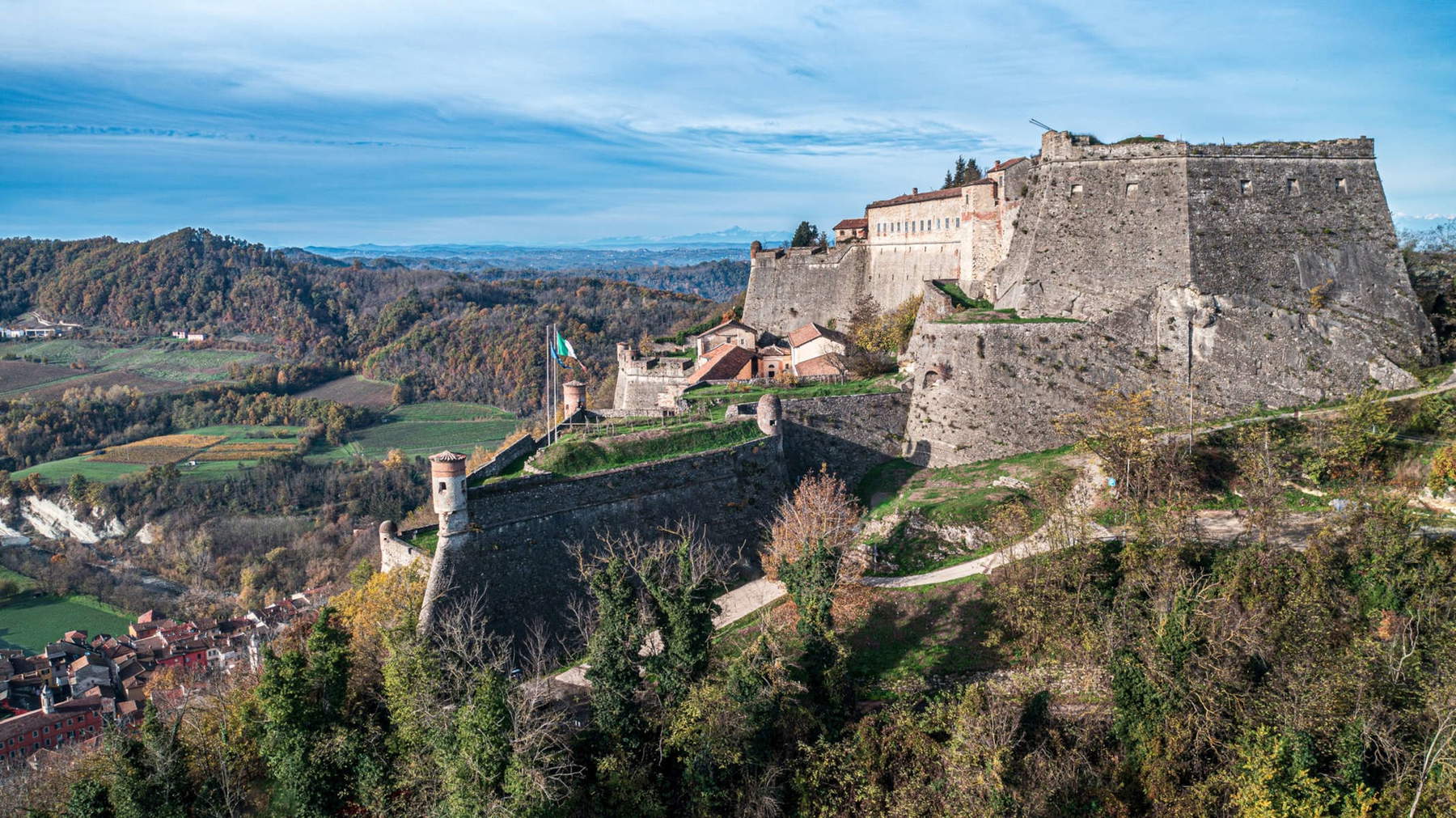
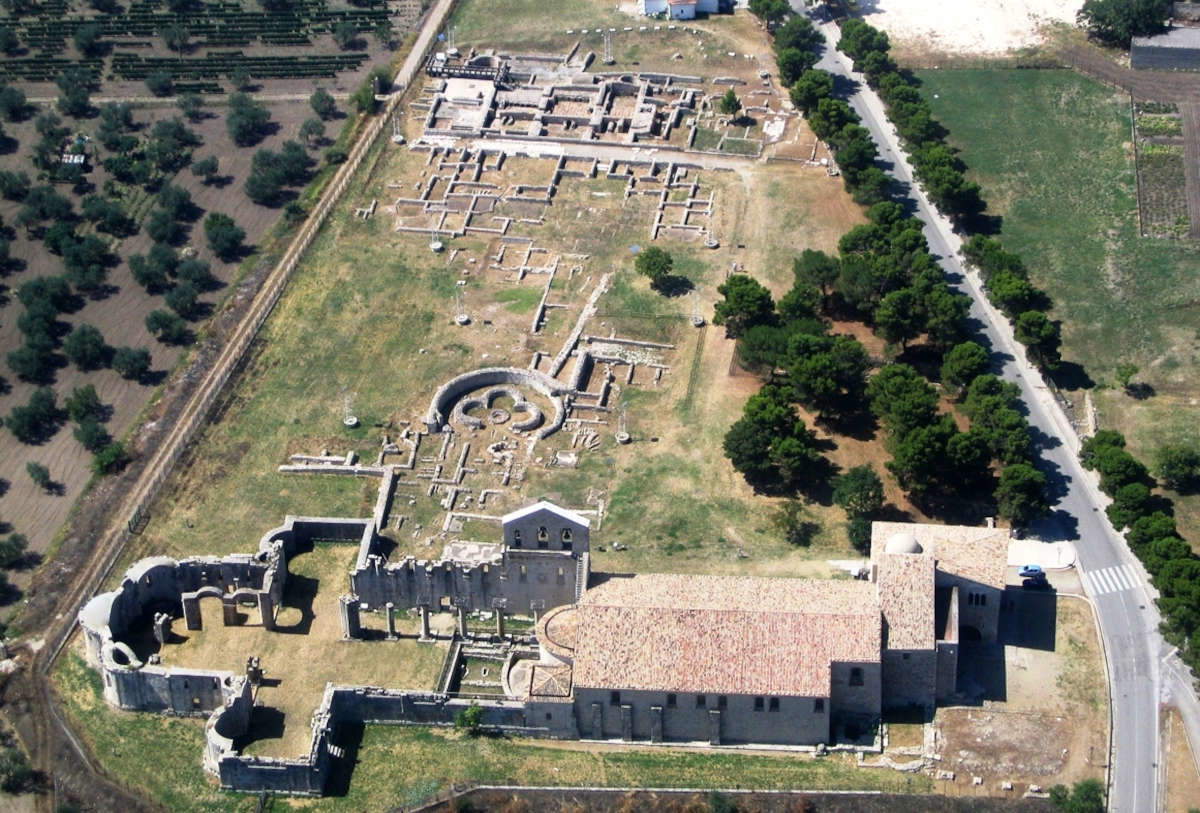
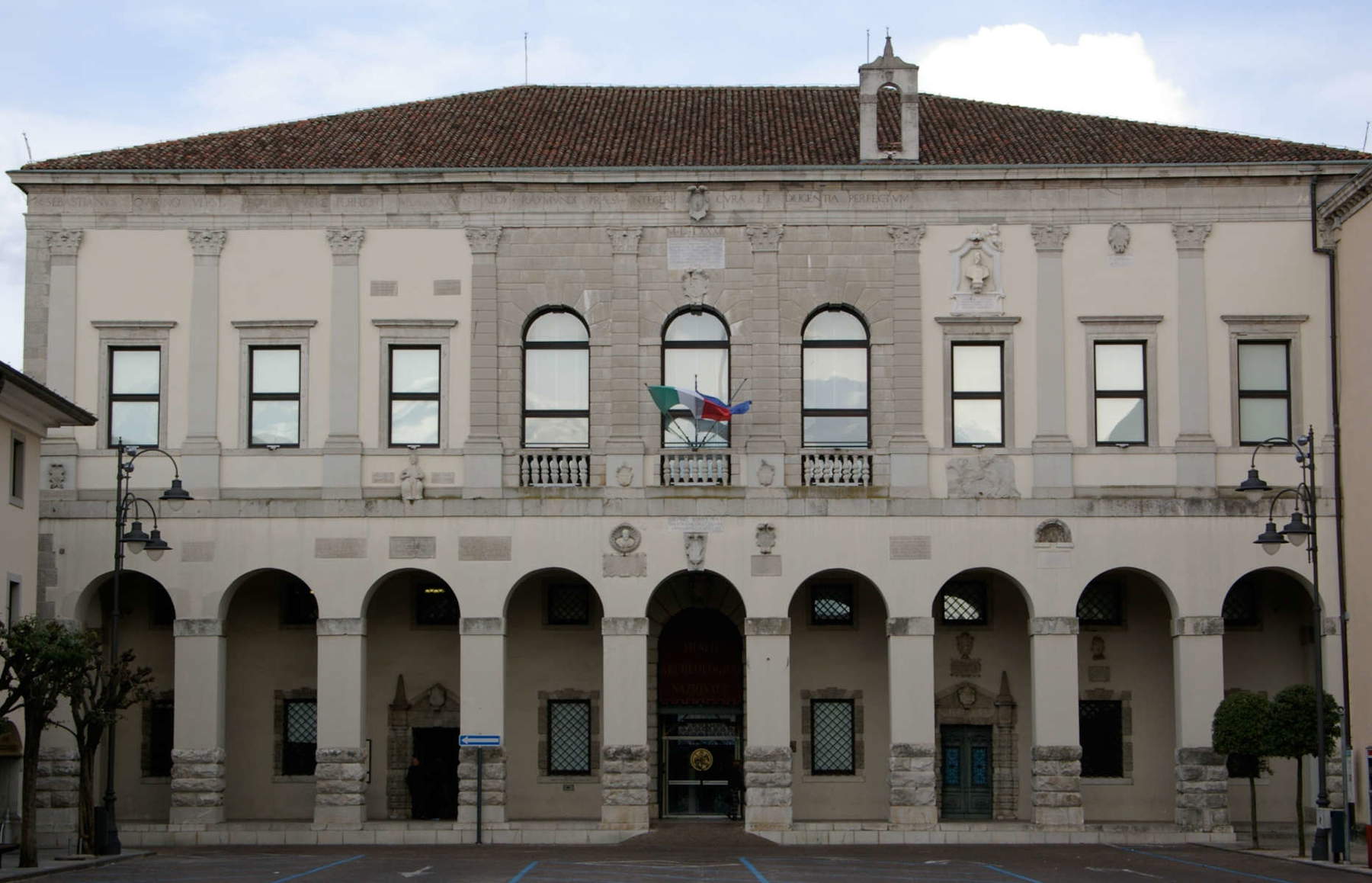
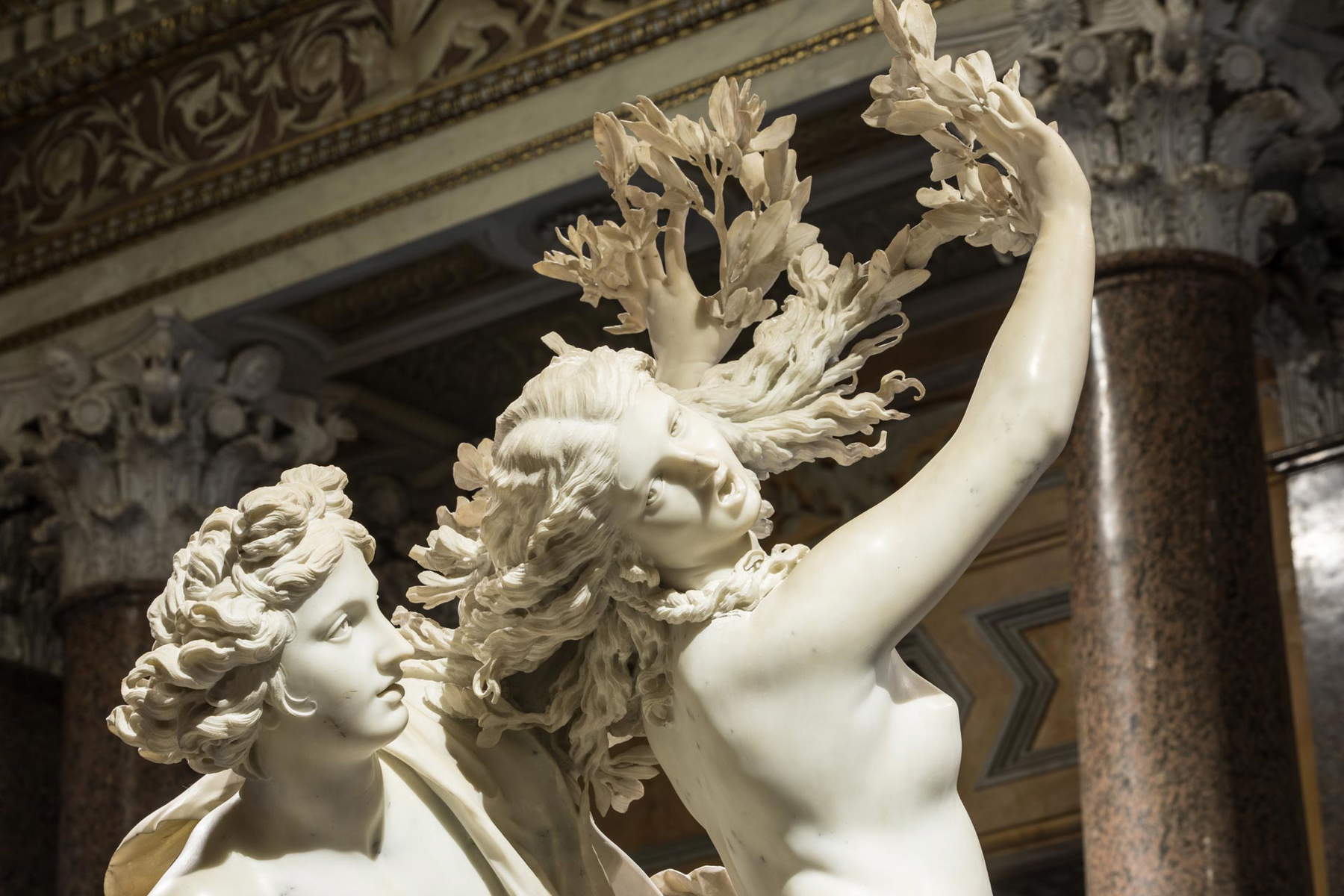
The NRP is a “performance contract,” the success of which is measured through the achievement of specific objectives, defined as “milestones” (literally “milestones,” understood as qualitative goals indicating key implementation steps) and “targets” (quantitative objectives measured through specific indicators). Milestone M1C3-00-ITA-8, relating to the adoption of the Strategic Plan for the Elimination of Architectural Barriers in Museums, Archives and Libraries, was achieved with the approval of Director General Decree No. 534 of May 19, 2022.
The European target M1C3-3 stipulates that by the second quarter of 2026 as many as 617 interventions to improve physical and cognitive accessibility in cultural places will have been completed and certified. These interventions cover 352 museums, monuments, archaeological areas, and parks, 129 archives, 46 libraries, and 90 non-state cultural sites. A key requirement is that at least 37 percent of these interventions must be implemented in southern Italian regions. At the national level, additional interim targets have been defined to monitor progress: M1C3-3-ITA-1 (150 interventions initiated by the second quarter of 2023); M1C3-3-ITA-2 (370 interventions initiated by the second quarter of 2024); M1C3-3-ITA-3 (617 interventions initiated by the second quarter of 2025).

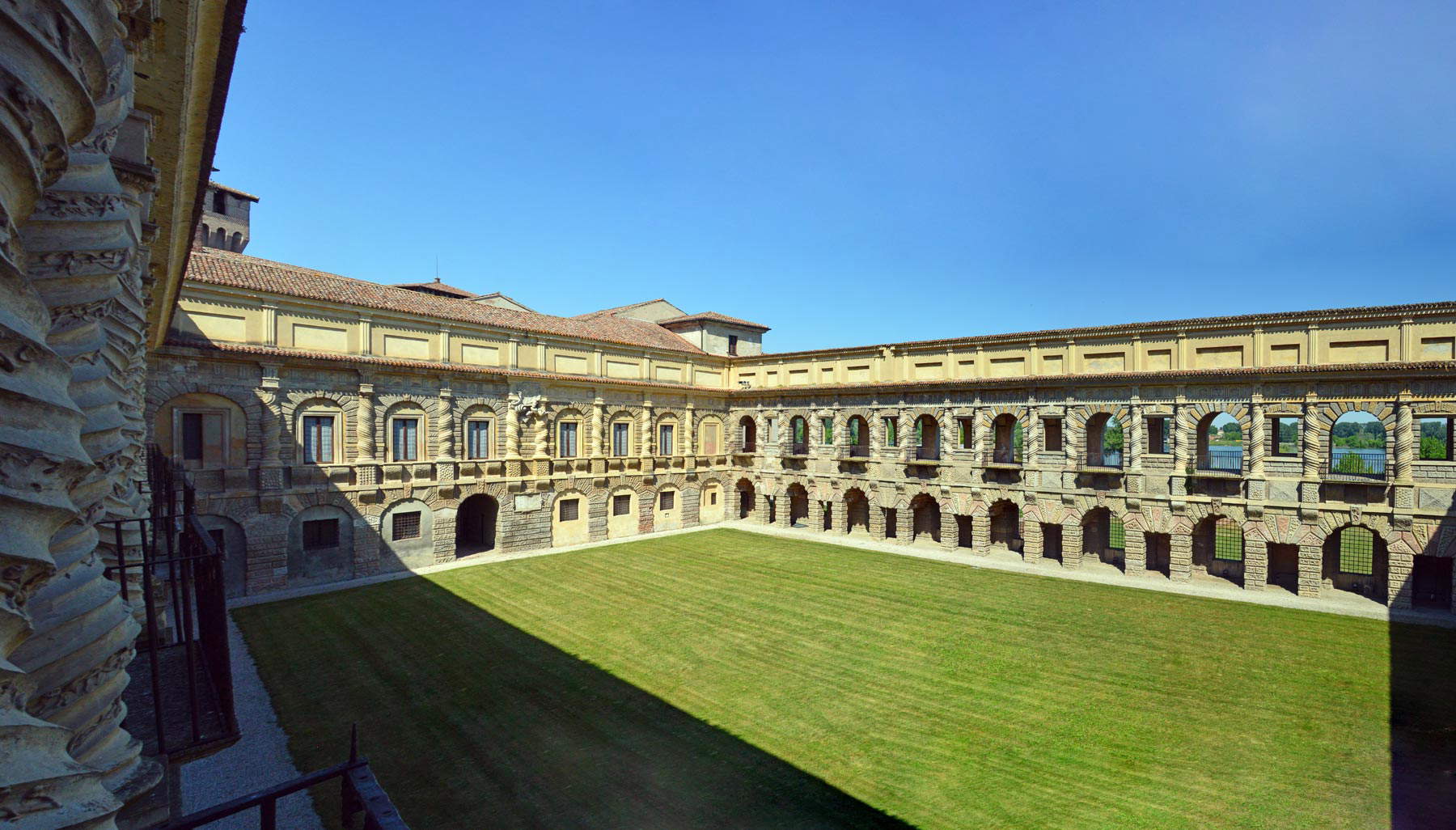
The implementation of this investment is a dynamic process, constantly monitored and updated. Resources are allocated through specific decrees, and lists of projects accepted for funding are regularly updated, including following waivers or new availability. This flexible approach ensures that funds are used in the most effective way to maximize territorial impact and respect the principle of territorial rebalancing, allocating a significant share to the South.
NRP Investment 1.2 therefore represents an unprecedented opportunity for Italy to transform its cultural heritage into an inclusive and accessible experience for all. It is not just about adapting physical structures, but promoting a culture of welcome that makes beauty and knowledge common heritage, without barriers of any kind. It is like building a bridge not only over a river, but also across everyone’s perceptions and understandings, to connect each person to the beating heart of Italian culture.
Warning: the translation into English of the original Italian article was created using automatic tools. We undertake to review all articles, but we do not guarantee the total absence of inaccuracies in the translation due to the program. You can find the original by clicking on the ITA button. If you find any mistake,please contact us.